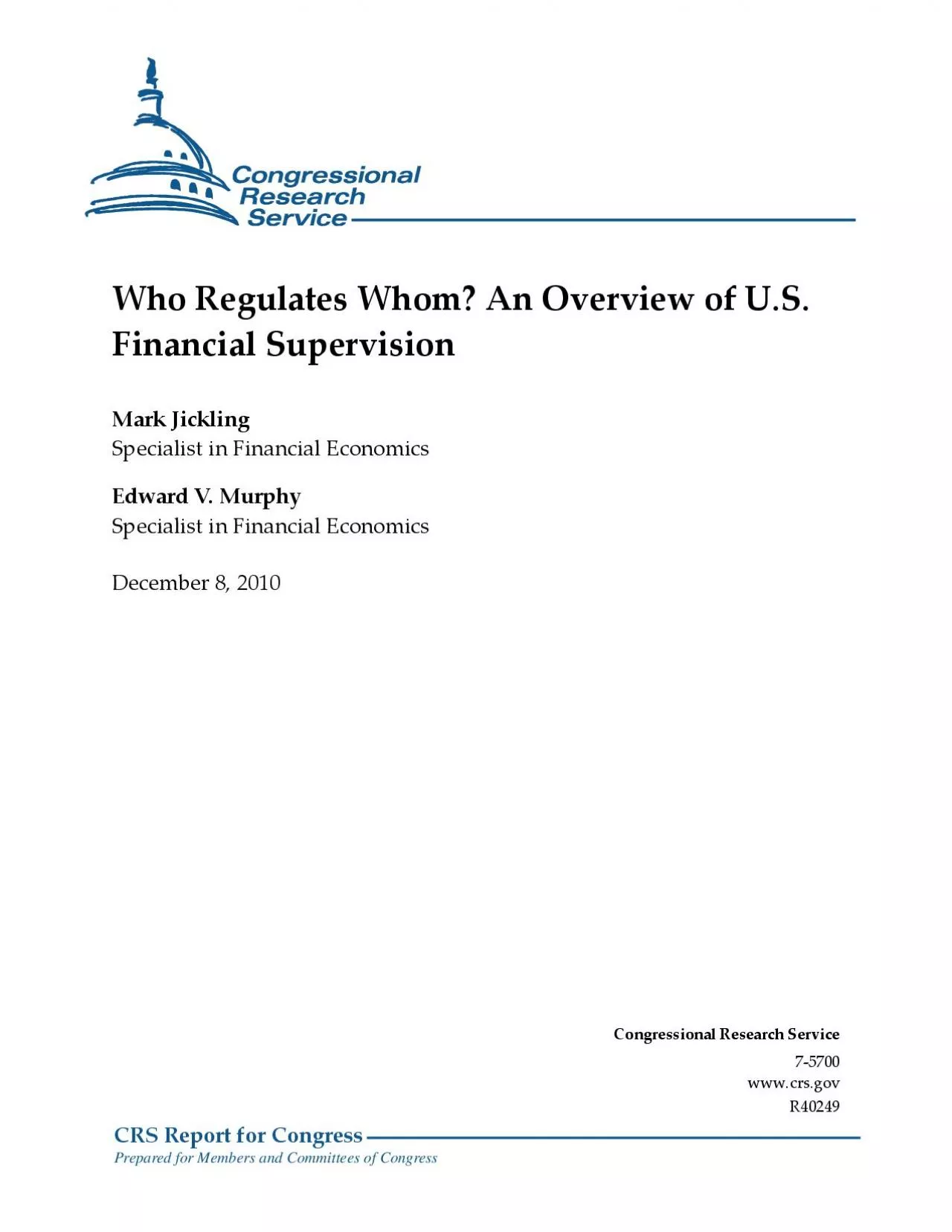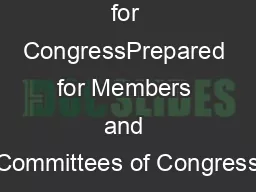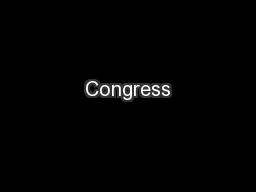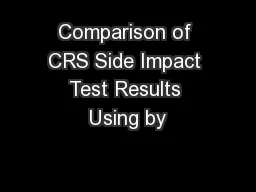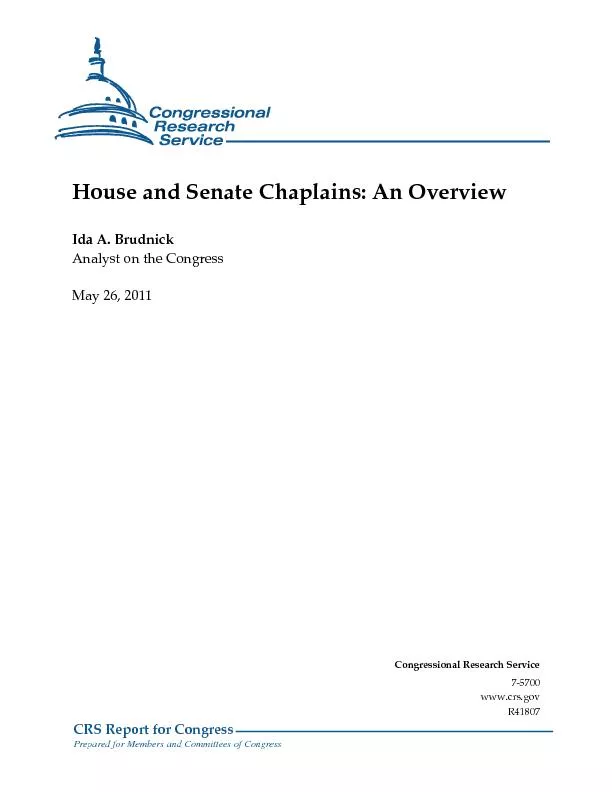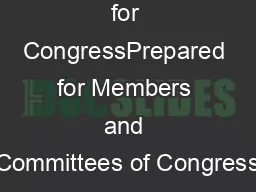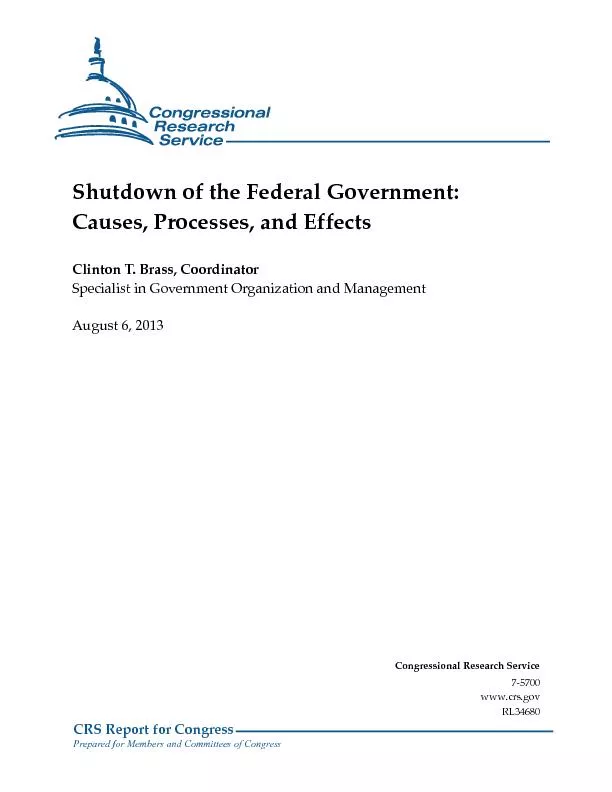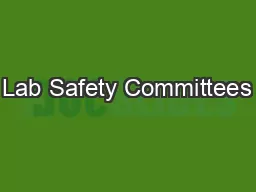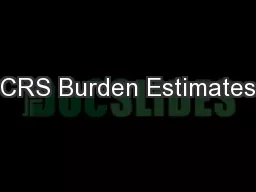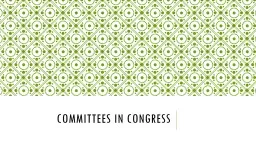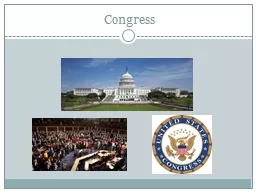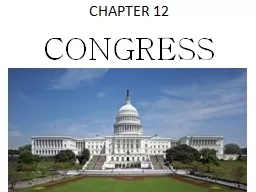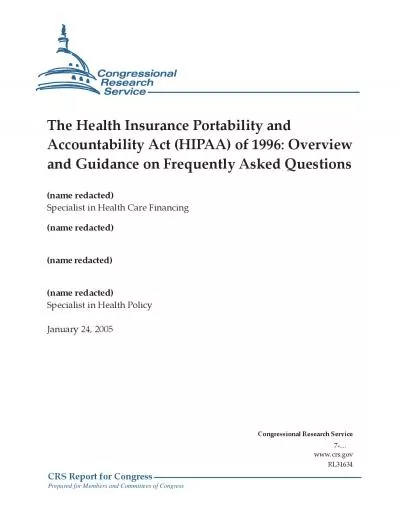PDF-CRS Report for CongressPrepared for Members and Committees of Congress
Author : roberts | Published Date : 2021-10-03
Who Regulates Whom An Overview of US Financial Supervision Congressional Research Service Summary This report provides an overview of current US financial regulation
Presentation Embed Code
Download Presentation
Download Presentation The PPT/PDF document "CRS Report for CongressPrepared for Memb..." is the property of its rightful owner. Permission is granted to download and print the materials on this website for personal, non-commercial use only, and to display it on your personal computer provided you do not modify the materials and that you retain all copyright notices contained in the materials. By downloading content from our website, you accept the terms of this agreement.
CRS Report for CongressPrepared for Members and Committees of Congress: Transcript
Download Rules Of Document
"CRS Report for CongressPrepared for Members and Committees of Congress"The content belongs to its owner. You may download and print it for personal use, without modification, and keep all copyright notices. By downloading, you agree to these terms.
Related Documents

